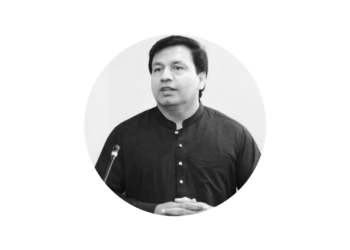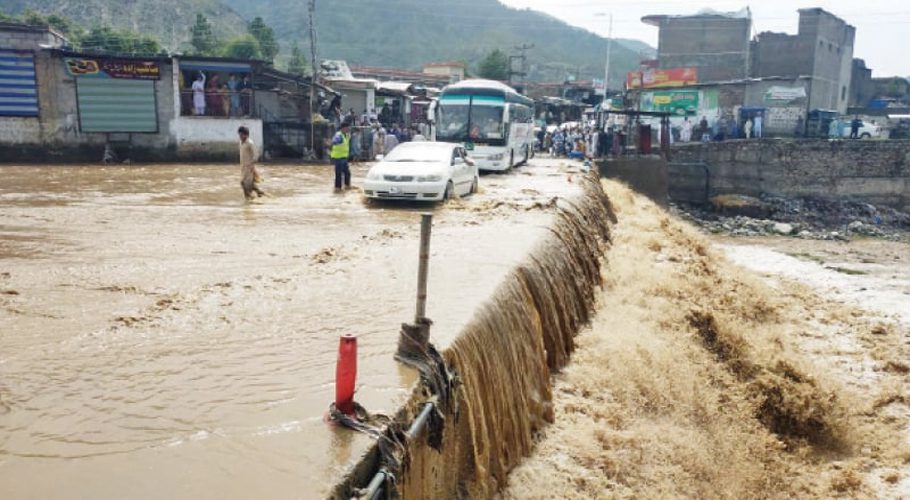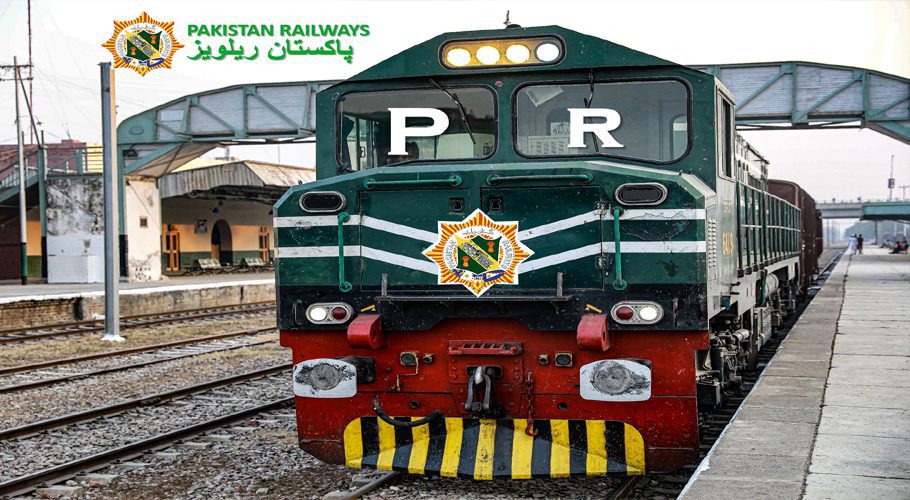“Corruption is like a ball of snow, once its set rolling, it must increase”. The Corruption Perceptions Index (CPI) is an index which ranks countries “by their perceived levels of public sector corruption, as determined by expert assessments and opinion surveys”. The CPI generally defines corruption as an “abuse of entrusted power for private gain”.
The Corruption Perceptions Index ranks countries around the world, based on how corrupt their public sectors are perceived to be. Public sector corruption is improper or unlawful actions by public sector staff or agencies. Actions of private individuals who try to improperly influence public sector functions or decisions. Examples of public sector corruption are bribery, gratuities, contract extortion, bid rigging, collusion, conflicts of interest, product substitution, items/services invoiced without delivery, diversion of goods, and corporate and individual conspiracies at various levels of U.S. government operations.
This year’s Corruption Perceptions Index reveals that corruption levels are at a worldwide standstill. The CPI ranks 180 countries and territories around the world by their perceived levels of public sector corruption. This year, the global average remains unchanged for the tenth year in a row, at just 43 out of a possible 100 points. Despite multiple commitments, 131 countries have made no significant progress against corruption in the last decade. Two-thirds of countries score below 50, indicating that they have serious corruption problems, while 27 countries are at their lowest score ever.
Pakistan ranked 124th out of 180 countries dropping four spots over last year in the newly released Corruption Perceptions Index (CPI) by Transparency International, an annual index that ranks countries based on perceptions of public sector corruption. According to the Transparency International (TI) report, Pakistan’s score is 31 out of 100 and the country is ranked at 124th out of 180 countries, and the score has increased four times since 2012.
Denmark and New Zealand topped the index this year, with 88 points each. Syria, Somalia and South Sudan are at the bottom of the chart with 14, 12 and 12 points, respectively. A reason behind the drop in Pakistan’s score on CPI list was its points in ‘Rule of Law Index’, the World Justice Project’s Rule of Law Index 2021 report shows that Pakistan is among the lowest-ranked countries in its adherence to the rule of law, ranking 130th out of 139 nations. Scores range from 0 to 1, with 1 indicating the strongest adherence to the rule of law and ‘Varieties of Democracy’categories were lower than last year.
Meanwhile, corruption perceptions in other countries in the region including India (40 points), Iran (25 points) and Bangladesh (26 points) improved, even if by small margins. Afghanistan’s score (19) has also improved by three points and so did Turkey (40), according to CPI’s statistics. China, with a score of 42, ranks 78 on the list. Corruption in Pakistan is widespread and extends to every sector from government to judiciary, police, health services and education.
The PTI government that came to power riding on the anti-corruption and anti-status horse has been unable to lay its hands on the so-called mafias.
The National Corruption Perception Survey 2021 conducted by Transparency International Pakistan finds the police and judiciary the most corrupt institutions in the country. The vast majority of people consider the federal government’s self-accountability to be unsatisfactory. According to the survey, the three most important causes of corruption are weak accountability (51.9%), the greed of powerful people (29.3%) and low salaries (18.8%).
According to a TI Pakistan press release, the TI has conducted National Corruption Perception Surveys five times in the last 20 years: NCPS 2002, NCPS 2006, NCPS 2009, NCPS 2010 and 2011. In 2021, TI Pakistan conducted the National Corruption Perception Survey 2021 in all four provinces. The survey was conducted from October 14, 2021, to October 27, 2021. The survey reflects the perception of the general public on very important governance issues.
The National Corruption Perception Survey 2021 has revealed that police remain the most corrupt sector, the judiciary was seen as second most corrupt, and tendering and contracting the third most corrupt while health has climbed to become the fourth most corrupt since the last NCPS 2011.
According to the Judicial Statistics of Pakistan 2020 report by the National Judicial (Policy Making) Committee, there are 46,698 cases pending in the Supreme Court and 1,772,990 cases pending in the District Judiciary.
Pakistanis continued to believe that corruption in the government sector is high. The police (41.4%), judiciary (17.4%) and contracting/tendering (10.3%) are the three most corrupt sectors according to the survey, while contracts of roads (59.8%), cleanliness and garbage collection (13.8%), access to water (13.3%) and the drainage system (13.1%) are top the list of public services for which people have to pay bribes to get access to.
The three most important causes of corruption, according to the NCPS 2021, are weak accountability (51.9%), the greed of powerful people (29.3%) and low salaries (18.8%). The problems are long-standing, and despite ongoing calls for reform, and many attempts to improve the situation, there is little evidence of progress. Unfortunately, the PTI government that came to power riding on the anti-corruption and anti-status horse has been unable to lay its hands on the so-called mafias.
In fact, both corruption and the status quo have perpetuated since. In the name of saving democracy — the rule of law and governance have been sacrificed. Though this government has the credit of engaging with the people, the PPP and the PML-N eras were essentially the epochs of appeasement of cronies. Corruption has an impact on investment in general, foreign direct investment and capital inflows, foreign trade and aid, official growth, inequality, government expenditure and services, and shadow economy and crime.






























